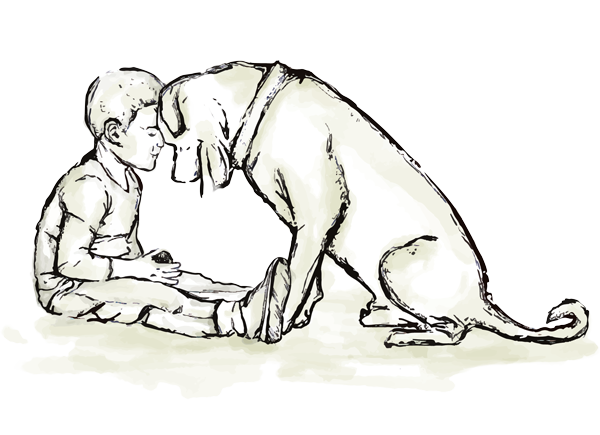Supporting Children Through Pet Loss: Helping Them Heal
Losing a beloved pet can be a difficult experience for children. Pets often hold a special place in a child’s heart, providing companionship, love, and comfort. When a pet passes away, children may feel a deep sense of grief and loss. As parents and caregivers, it is crucial to provide support and help children navigate their emotions. Here are some strategies to support children through the process of pet loss:
- Be Honest and Age-Appropriate: Use age-appropriate language to explain the loss to the child. Be honest about what happened to the pet, avoiding euphemisms or vague explanations. Offer simple, clear explanations that they can understand. Reassure them that it is normal to feel sad and that their feelings are valid.
- Encourage Expression of Feelings: Create a safe space for children to express their emotions. Encourage them to talk about their feelings, cry if they need to, and share memories of their pet. Let them know that it is okay to feel sad, angry, or confused. Active listening and validating their emotions can provide comfort and support.
- Maintain Routines and Provide Stability: Children find comfort in routine, so try to maintain their regular schedule as much as possible. Consistency and stability can help them feel secure during a time of loss. Stick to their usual mealtimes, bedtime routines, and daily activities.
- Share Memories and Celebrate the Pet’s Life: Encourage children to share memories of their pet and celebrate the joy their pet brought into their lives. Create a memory box or scrapbook together, including photos, drawings, or written stories. This can be a meaningful way to honour the pet’s memory and provide a sense of closure.
- Validate Their Grief: Let children know that their grief is valid and that it is okay to feel sad. Avoid downplaying their emotions or telling them to “get over it.” Instead, provide reassurance and support. Remind them that everyone grieves differently and that there is no right or wrong way to feel.
- Encourage Creative Expression: Engage children in creative activities that allow them to express their emotions. Drawing, painting, writing poems, or creating a tribute collage can provide an outlet for their grief. These activities can also serve as a means of remembering and honouring their beloved pet.
- Seek Support from Books or Support Groups: There are many children’s books available that address pet loss, which can help children understand their feelings and provide a sense of comfort. Additionally, consider connecting with pet loss support groups or online communities where children can interact with others who have experienced similar losses.
- Encourage Goodbye Rituals or Memorials: Rituals or memorials can offer closure and provide children with a tangible way to say goodbye. Holding a small ceremony, planting a tree, or creating a special memorial can help them feel connected to their pet and offer a sense of closure.
- Be Patient and Allow Time to Heal: Grief is a process, and it takes time for children to heal. Be patient and understanding, as healing is a unique journey for each child. Encourage open communication, and let them know that you are there to support them every step of the way.
Supporting children through pet loss requires empathy, understanding, and patience. By providing a safe and loving environment, encouraging expression of emotions, and allowing them to grieve in their own way, you can help children navigate the difficult process of pet loss and find healing.


